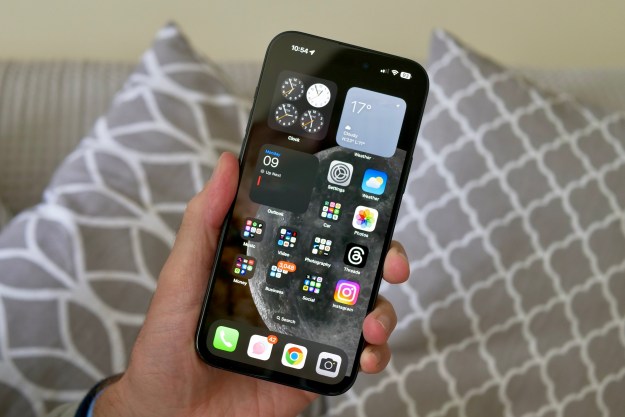
Hackers can tap into AirDrop data and pull your phone number or your email address. This issue has been known since 2019 and has yet to be patched or acknowledged by Apple, though it impacts almost 1.5 billion Apple devices today.
According to a report from security researchers at Germany’s Technical University of Darmstadt, the core of this issue is the way in which AirDrop shares files between Apple devices using the address book and contacts list as an option by default. Per the researchers, since AirDrop leverages “a mutual authentication mechanism,” to compare phone numbers, as well as email addresses, a hacker can easily intercept this information using “a Wi-Fi-capable device” that is nearby to an Apple user sharing through MacOS, iOS, or iPadOS via AirDrop. A proof of concept attack can be found on GitHub.
This can be done even if the hacker isn’t in the user’s address book or contacts list. It happens both ways, via Sender Leakage, as well as Receiver Leakage, according to the researchers.
Apple does try to protect the exchanged phone numbers and email addresses via “obfuscating,” but security researchers have found that it does not prevent the reversing of hash values. These can be “quickly reserved,” according to security researchers, through brute force attacks.
The researchers at the Technical University of Darmstadt have developed “PrivateDrop” which can replace AirDrop’s flawed design. This solution is reportedly based on optimized cryptographic private set intersection protocols.
This means it can complete exchanges between certain devices without exchanging the hash values that could otherwise be interpreted. This all can occur with a delay time of around a second. This project is available on GitHub, for those interested in the research behind what went into developing it.
Since Apple hasn’t yet officially released a fix, you can try to avoid using or completely turn off AirDrop if you are concerned. To do this on an iPhone or an iPad, click Settings > General. From there, tap AirDrop > Receiving Off. On MacOS, you can turn off AirDrop by clicking to the Control Center next to the date and time, choosing AirDrop, and then toggling the switch to Off. Additional details are available via Apple if you wish to learn more about AirDrop on MacOS.
Editors' Recommendations
- Are you having iPhone alarm problems? A fix is coming soon
- AirTags range: here’s how far the tracker can reach
- An Apple insider just revealed how iOS 18’s AI features will work
- There’s a big problem with the iPhone’s Photos app
- This one thing could make iOS 18 the best iPhone update in years


